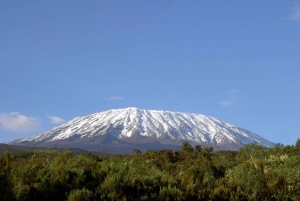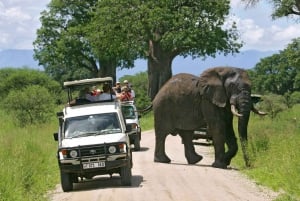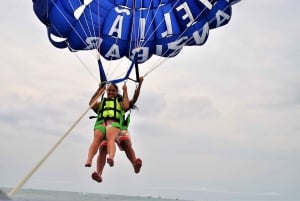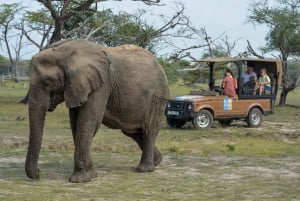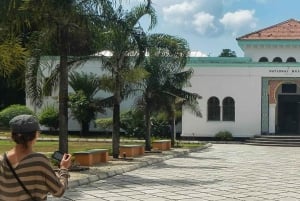Lake Manyara National Park
Lake Manyara National Park is one of the safari circuit’s main attractions and is typically packaged with the Serengeti and Ngorongoro Crater . The lake’s watershed creates a rich, green environment on a stage set by amazing views of the Great Rift Valley’s western escarpment. Though the park is small (127 square miles (200 square kms), over half of which is covered by the lake during the wet season), it offers an excellent opportunity to view wildlife in lake and forest habitats.
The majority of the park’s topography is forest or heavy vegetation, allowing animals to roam more privately and making viewing more intimate. Other habitats include swamp, acacia, plains and the lakeshore.
In these varied environments, elephant, buffalo, zebra, giraffe, warthog and a variety of ungulate species can be found. The park’s hippo population is impressive. Predators include leopards and the park’s famous tree-climbing lions.
For birders, more than 400 species can be found in astonishing volume and variety. Lake Manyara is home to thousands of pink flamingos. Hot springs are also found in the southern section of the park.
Getting There
Lake Manyara is approximately 80 miles (128 kms) west of Arusha on a nice road. It is typically visited en route to the Serengeti and Ngorongoro Crater , but day trips can be arranged from Arusha. Arusha can be reached by scheduled or chartered flights , and by road from Dar es Salaam and Nairobi.
Staying There
Accommodations in Arusha are plentiful and range from budget to luxury. Check out our accommodations page for more information. Camping facilities and lodges are available within the park.
What To Do
In addition to day wildlife viewing, nighttime drives can also be arranged to see the active nocturnal life of some creatures. Lake Manyara can also be canoed when water levels allow. Mountain biking is also a favorite activity in the park. Visits to Mto wa Mbu, a traditional market village, are recommended
Where To Go
Between July and October is best for game viewing, and the wet season (from November to June) is excellent for lake activities and bird watching, making Lake Manyara a fantastic year-round destination.


